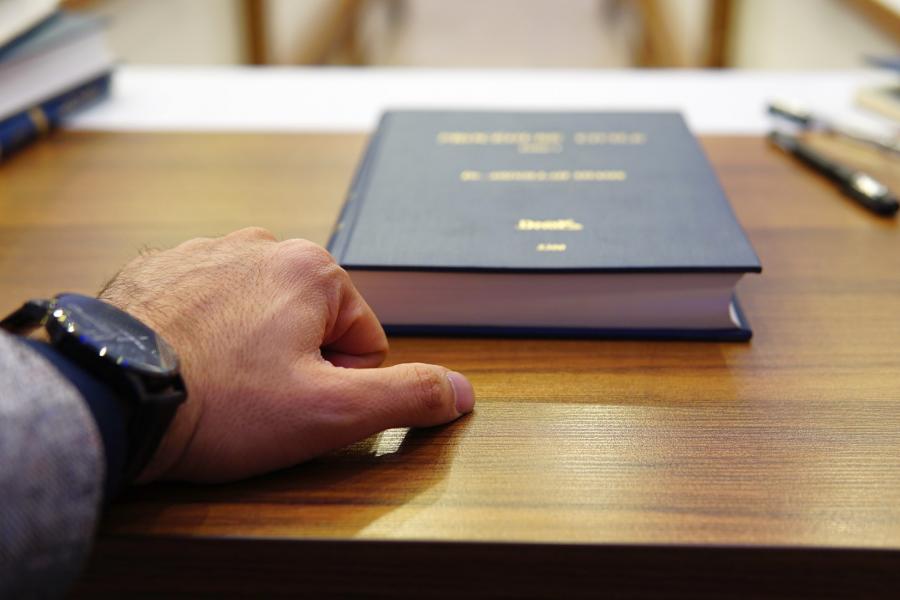Understanding Legal and Medical Responses to Injuries on Cruise Ships
A cruise vacation is often seen as a carefree escape, offering relaxation, entertainment, and adventure on the open seas. However, accidents and injuries can occur aboard cruise ships, turning a dream vacation into a challenging experience. The unique environment of a cruise ship, combined with international waters and complex legal frameworks, makes addressing injuries aboard these vessels different from other personal injury scenarios. From immediate medical care to understanding legal recourse, handling injuries on cruise ships requires a blend of prompt action and awareness of passengers’ rights. We will explore the medical, logistical, and legal aspects of managing injuries on cruise ships, shedding light on how passengers can protect themselves and seek appropriate remedies.
Medical, logistical, and legal aspects of managing injuries on cruise ships
1. Common Causes of Injuries on Cruise Ships
Cruise ship injuries can occur for various reasons, ranging from slippery decks and poor maintenance to incidents during shore excursions or recreational activities. The confined space of a ship and the constant movement caused by waves create conditions where slips and falls are particularly common. Wet pool areas, uneven flooring, and improperly secured equipment often contribute to these accidents. Another common cause of injuries is inadequate safety measures during activities. Many cruise ships offer adventure options like rock climbing, zip-lining, or snorkeling, which carry inherent risks. When safety protocols are not strictly followed, passengers can suffer from accidents or injuries. Additionally, health-related emergencies such as foodborne illnesses, heat exhaustion, or dehydration can also affect passengers. Sometimes, inadequate medical care aboard the ship can exacerbate the situation. Identifying these potential risks highlights the importance of awareness and precaution during a cruise vacation.
2. Onboard Medical Response and Challenges
Cruise ships typically have medical facilities and staff to address emergencies, but their capabilities are limited compared to land-based hospitals. Onboard medical teams usually include a small number of doctors and nurses trained to provide basic care, stabilize critical patients, and manage minor injuries. Medical evacuation may be necessary in the case of severe injuries or illnesses. Evacuations can be logistically challenging, requiring coordination with local ports or air transport services. The time it takes to reach proper medical care can significantly impact a patient’s recovery, making prompt and effective onboard treatment crucial. Passengers should also be aware of the costs associated with onboard medical care. Cruise lines often charge for medical services; standard health insurance policies may not cover these fees. Travelers are encouraged to check their insurance coverage or consider purchasing travel insurance that includes medical expenses and evacuation.
3. Legal Frameworks Governing Cruise Ship Injuries
The legal challenges surrounding a cruise ship injury arise from the unique nature of these vessels, which often operate in international waters and visit multiple countries during a single voyage. Passengers seeking legal remedies must contend with maritime law, which can significantly differ from standard personal injury regulations. Cruise lines frequently include terms and conditions in ticket contracts that limit passengers’ ability to file claims. These contracts may specify the jurisdiction where lawsuits must be filed, often requiring cases to be brought in specific locations, such as Miami, Florida, regardless of where the incident occurred. Familiarity with these terms is crucial before embarking on a cruise. To pursue a legal claim, passengers must demonstrate that the cruise line was negligent in providing a safe environment. This could involve evidence of poor maintenance, insufficient warning signs, or inadequate medical care. Understanding these legal frameworks enables passengers to navigate their rights and options for compensation effectively.
4. Seeking Compensation for Cruise Ship Injuries
If an injury occurs aboard a cruise ship, passengers may be entitled to compensation for medical expenses, lost wages, and pain and suffering. The process for seeking compensation often begins with documenting the incident. Passengers should report the injury to ship personnel immediately, ensuring an official report is filed. Photographs of the scene, witness statements, and medical records can strengthen a claim. Consulting with an attorney familiar with maritime law is often necessary, as these cases can be complicated by jurisdictional issues and the cruise line’s legal defenses. Attorneys can help evaluate the merits of a claim, negotiate settlements, or represent passengers in court if necessary. It’s important to note that claims related to cruise ship injuries are subject to specific time limits, often shorter than standard personal injury cases. Passengers should act promptly to protect their rights and avoid missing critical deadlines for filing claims.
5. Preventative Measures for Passengers
While accidents can happen despite precautions, passengers can take steps to reduce their risk of injury aboard a cruise ship. Paying attention to safety warnings and following ship protocols is crucial. For example, wearing appropriate footwear on wet or uneven surfaces can minimize the likelihood of slips and falls. Participating in activities or excursions the cruise line offers requires careful consideration of the risks involved. Passengers should ask questions about safety measures, ensure that equipment is in good condition, and avoid activities that feel unsafe. Travelers should also prepare for potential medical emergencies by packing necessary medications, carrying a copy of their medical history, and understanding the ship’s medical facilities. These proactive measures help passengers enjoy their cruise with greater peace of mind.
Injuries on cruise ships can be a challenging and unexpected experience, but understanding the medical, logistical, and legal aspects of such incidents empowers passengers to take appropriate action. From immediate responses and onboard medical care to navigating complex maritime laws and seeking compensation, every step plays a crucial role in managing the aftermath of an injury. By being informed and prepared, passengers can protect themselves and ensure their rights are upheld while enjoying the unique experience of a cruise vacation. Proactive safety measures and awareness of potential risks further contribute to a secure and enjoyable journey. Additionally, travelers knowledgeable about their rights and responsibilities are better equipped to handle unforeseen situations calmly and effectively. Cruises can remain a safe and memorable way to explore the world if passengers prioritize safety and preparedness. Being proactive not only prevents issues but also ensures a smoother resolution in case of an emergency.
More to Read:
Previous Posts:







